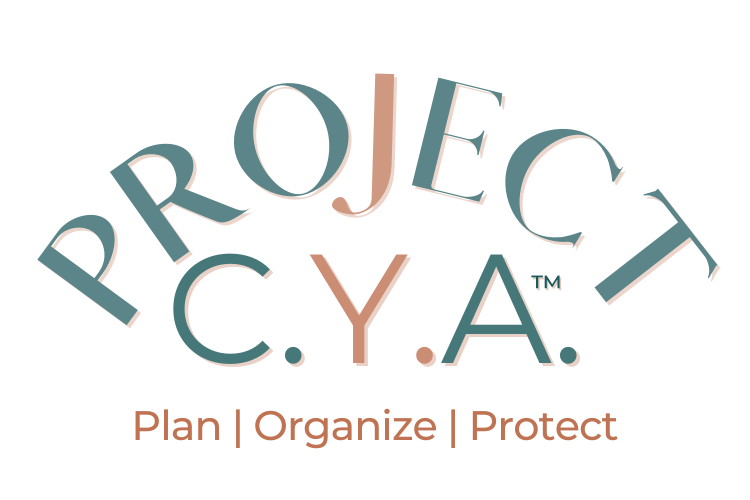How to Proactively Assess Your Risk and Opportunity
Subscribe: Apple Podcasts | Spotify | Google Podcasts
Have you ever felt like you were treading water in your business, barely able to catch a breath before the next wave hit you?
Today, we will explore the importance of proactively assessing risk and identifying opportunities in your business. By understanding the fundamentals of risk evaluation and planning your response, you can effectively navigate the challenges and uncertainties that arise. Let's dive in!
Identifying Common Struggles
In my conversations with entrepreneurs at various stages of their journey, I have noticed common struggles that can hinder business growth. These include:
1. Neglecting visionary thinking: Many business owners fail to make time for strategic planning and lose sight of their long-term vision. It's crucial to allocate dedicated time to think critically about your business's direction and assess its progress.
2. Weak operational foundations: As businesses grow, it's essential to strengthen systems, resources, and processes to match the pace. Hiring, implementing new tools, and creating standard operating procedures are vital for scalability and success.
3. Ignoring risk management: Failure to manage risk can lead to unexpected problems and roadblocks, causing doubt and uncertainty. By proactively identifying risks and planning for contingencies, you can minimize potential disruptions and their impact on your business.
Understanding the Risk Assessment Process
Before responding to risks, it's crucial to identify and evaluate them effectively. Here's a step-by-step guide to help you assess risks:
1. Gather essential information: Depending on the scope and depth of the evaluation, collect information about your strategy, business model, project, goal, or decision. Consider the desired outcome, project outline, scope requirements, timeline, and the people involved, including stakeholders and team members.
2. Crowdsource perspectives: Consider involving other team members, mentors, peers, or even clients to gain diverse perspectives on potential risks and opportunities. This collaboration can help identify blind spots and generate valuable insights.
3. Rank risks: Analyze each identified risk by evaluating its impact and probability. Create a risk matrix with four boxes: low impact, low probability; low impact, high probability; high impact, low probability; and high impact, high probability. This analysis will help prioritize risks that require immediate attention.
Responding to Risks and Opportunities
Once risks are identified and prioritized, it's time to develop a response plan. Here are several options to consider:
1. Avoidance: Modify the project's scope to eliminate or minimize potential risks.
2. Mitigation: Take early actions to reduce the probability or impact of identified risks. This could involve simplifying processes or conducting extensive testing before releasing a product or service.
3. Acceptance: Acknowledge low-priority risks without taking further action, accepting that their occurrence is unlikely to significantly impact your business.
4. Transferring or sharing risk: Shift the responsibility or liability to a third party through methods such as insurance, warranties, guarantees, subcontracting, joint ventures, or contracts.
5. Continuity and contingency planning: Develop plans to maintain operations during a risk event or implement alternative actions when risks materialize.
In Conclusion:
By proactively assessing risks and identifying opportunities, service-based business owners can strengthen their strategic planning and risk management. This process allows for informed decision-making, efficient resource allocation, and increased business resilience.
In the next episode, we will delve deeper into response planning and discuss specific risk response strategies, including succession planning.
************
If you benefited from this episode, please take a moment to rate & review the show. This helps me reach more entrepreneurs, like you, who are ready to cover their asses!
🔗 Grab the latest FREE resource: https://projectcya.com/start
🔗 Browse all episode show notes: https://www.juleeyokoyama.com/blog
👋 CONNECT WITH JULEE:
Instagram: https://www.instagram.com/juleeyokoyama/
LinkedIn: https://www.linkedin.com/in/julee-yokoyama/
YouTube: https://www.youtube.com/@juleeyokoyama/
Work with Julee: https://juleeyokoyama.com/
Love this post? Pin the graphic below! 💚
I’m Julee. I help service-based business owners organize and protect their operations for more peace of mind, efficiency, and business growth.
Grab the Project C.Y.A.™ Starter Workbook
10 Must-Ask Questions to Begin Understanding Your Business Risk.






